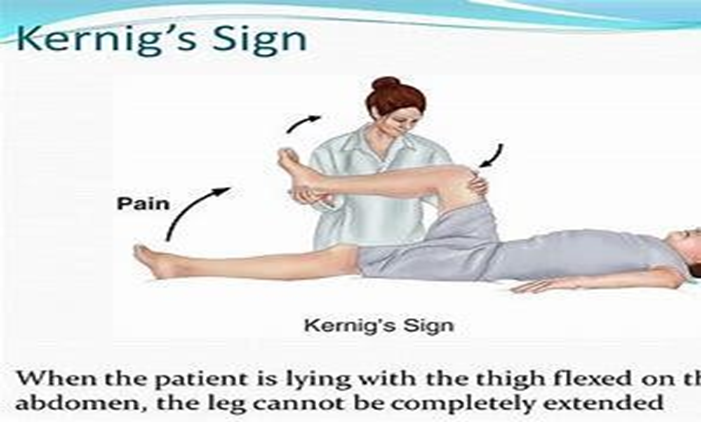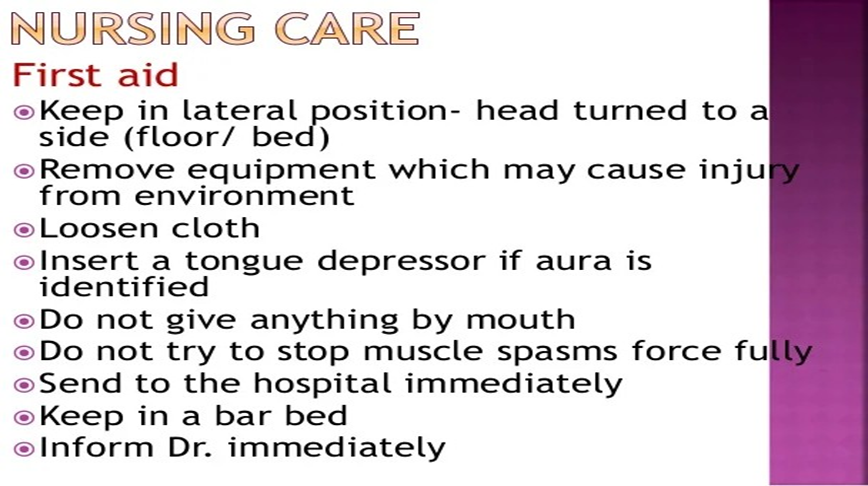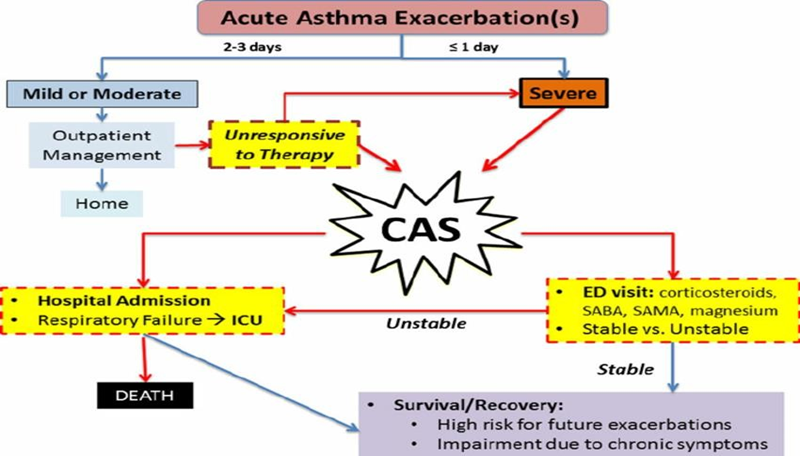Ati LPN Pediatrics Exam
Ati LPN Pediatrics Exam
Total Questions : 50
Showing 10 questions Sign up for moreA nurse is preparing to administer morphine 15 mg subcutaneously. The amount available is morphine injection 10 mg/mL. How many mL should the nurse administer? (Round to the nearest tenth. Use a leading zero if it applies. Do not use a trailing zero.)
Explanation
Volume= Desired dose/ concentration in mg/ml Concentration per ml= 10mg/ml
Desired dose= 15mg Volume= 15mg/10mg/ml Volume = 1.5ml
Therefore, the nurse should administer 1.5ml of morphine
A nurse is caring for an adolescent following the application of a plaster cast for a fractured right tibia. Which of the following actions should the nurse take?
Explanation
D. This is the correct action to take. A neurovascular check involves assessing the circulation, sensation, and movement in the affected limb. This check helps monitor for complications such as impaired circulation, nerve damage, or compartment syndrome, which can occur after the application of a plaster cast. Regular neurovascular checks are essential for early detection of any issues and appropriate intervention if necessary.
A. Using a hair dryer on a hot setting can cause burns to the skin under the cast. It can also cause the cast material to heat up and potentially cause discomfort or injury to the patient.
B. It's essential to follow the healthcare provider's instructions regarding weight-bearing restrictions, but completely discouraging ambulation can lead to complications such as muscle atrophy, decreased circulation, and increased risk of blood clots.
C. Keeping the client's leg in a dependent position means positioning it lower than the heart. This can increase swelling and exacerbate pain, potentially leading to complications such as compartment syndrome.
The nurse notes documentation that a child with meningitis is exhibiting a positive Kernig's sign. Which observation is a characteristic of this sign?
Explanation
C. This is characteristic of Kernig's sign. Kernig's sign is elicited when the thigh is flexed at the hip and then attempts to extend the leg at the knee are met with resistance or pain due to inflammation of the meninges.

A. Petechial and purpuric rashes are associated with meningococcal meningitis, not specifically with Kernig's sign. These rashes result from bleeding into the skin and are a characteristic feature of meningococcal sepsis. However, they are not directly related to Kernig's sign.
B. This observation describes Brudzinski's sign, not Kernig's sign. Brudzinski's sign occurs when passive flexion of the neck causes involuntary flexion of the hips and knees due to meningeal irritation.
D. Muscle and joint pain can be symptoms of meningitis, but they are not specific to Kernig's sign. Kernig's sign specifically refers to resistance or pain experienced when attempting to extend the leg at the knee.
A nurse enters a school age child's room to administer morning medications and finds the client sitting in a chair having a seizure. After lowering the client to the floor, which of the following actions should the nurse take first?
Explanation
C. The priority during a seizure is to protect the patient from harm, particularly from aspiration if they vomit or have excessive saliva production. Turning the client to a lateral position helps maintain an open airway and prevents aspiration. This action should be taken immediately after lowering the client to the floor to ensure their safety.
A. Providing oxygen is important for a patient experiencing a seizure. However, it's not the first action to take. The priority is to ensure the patient's safety and protect them from injury during the seizure.
B. Administering anticonvulsant medication during an active seizure is not appropriate. Anticonvulsants are typically prescribed as maintenance therapy to prevent seizures or to manage seizure disorders in a controlled manner, not during an acute seizure episode.
D. Monitoring oxygen saturation is important but it's not the first action to take during an active seizure. Ensuring the patient's safety and protecting them from injury take precedence. Oxygen saturation can be assessed once the patient is in a safe position.

The nurse is planning to teach parents about prevention of Reye's syndrome. What information would the nurse include in this teaching?
Explanation
C. Salicylates, such as aspirin, should be avoided in children and adolescents with viral symptoms due to the association with Reye's syndrome. Instead, acetaminophen or other non-steroidal anti-inflammatory drugs (NSAIDs) without salicylates should be used for fever and pain relief.
A. Reye's syndrome typically presents with symptoms such as fever, vomiting, and lethargy. However, there isn't a specific test for Reye's syndrome itself. Diagnosis is often based on clinical symptoms, history of aspirin use, and laboratory findings.
B. Reye's syndrome is associated with the use of aspirin (salicylates) in children and adolescents with viral infections, particularly influenza and chickenpox. Acetaminophen (Tylenol) is recommended instead of aspirin for fever and pain relief in children with viral illnesses.
D. There isn't a specific vaccine for Reye's syndrome. Reye's syndrome is not caused by an infectious agent that can be prevented through vaccination.
The nurse is caring for a child recently diagnosed with cerebral palsy. The parents of the child ask the nurse about the disorder. The nurse bases the response to the parents on the understanding that cerebral palsy is best described by which statement?
Explanation
C. Cerebral palsy is a chronic condition that affects muscle control and movement. It is caused by damage to or abnormal development of the parts of the brain that control movement, balance, and posture. This damage can occur before, during, or shortly after birth, and it results in difficulties with muscle coordination, balance, and motor skills.
A. Cerebral palsy is not caused by an infectious agent; it is a non-progressive neurological disorder that affects movement, posture, and muscle coordination. It is primarily caused by abnormal development or damage to the brain before, during, or shortly after birth, rather than by an infectious disease.
B. Cerebral palsy is not caused by inflammation of the brain due to a viral illness. While viral illnesses can lead to complications, such as encephalitis (inflammation of the brain), cerebral palsy itself is not caused by inflammation but rather by neurological damage or abnormal development.
D. Cerebral palsy primarily affects movement and muscle control but it does not necessarily result in intellectual disability. Intellectual disability can occur in some cases of cerebral palsy, but it is not a defining characteristic of the condition.
Which interventions should be implemented for a pediatric client experiencing an asthma exacerbation? (SELECT ALL THAT APPLY)
Explanation
A. Corticosteroids help reduce airway inflammation during an asthma exacerbation, which can help improve breathing and reduce symptoms.
D. Bronchodilator medications, such as albuterol, help relax the muscles around the airways, making it easier to breathe during an asthma exacerbation. They are typically used as rescue medications to provide immediate relief of asthma symptoms.
B. Placing the client in a supine position (lying flat on their back) is not recommended during an asthma exacerbation. This position can make breathing more difficult for someone experiencing respiratory distress.
C. Vigorous physical activity can exacerbate asthma symptoms and trigger an asthma attack. During an asthma exacerbation, it's important to encourage the client to rest and avoid strenuous activities that could worsen their breathing difficulties.
E. Cold compresses are not recommended for asthma exacerbations. Warm, moist air may help loosen mucus and ease breathing, but cold compresses could potentially exacerbate symptoms or discomfort.

A nurse is collecting data from a 4-month-old infant who has meningitis. Which of the following manifestations should the nurse expect?
Explanation
D. A high-pitched cry, often described as a "crying in pain" or "irritable cry," can be a characteristic sign of meningitis in infants. The cry may sound different from the infant's usual cry and may be associated with irritability, discomfort, or pain. It can be indicative of increased intracranial pressure and neurological irritation caused by the inflammation of the meninges.
A. Constipation is not typically associated with meningitis in infants. Meningitis is an inflammation of the membranes surrounding the brain and spinal cord, which can cause symptoms such as fever, irritability, poor feeding, vomiting, and lethargy.
B. A depressed anterior fontanel (sunken soft spot on the baby's head) is not a typical manifestation of meningitis. Meningitis may cause signs of increased intracranial pressure, such as a bulging fontanel, rather than a depressed fontanel.
C. he presence of the rooting reflex is not specific to meningitis. The rooting reflex is a normal reflex present in infants, where they turn their head toward a stimulus (such as stroking the cheek or corner of the mouth) in search of nourishment (typically the breast or bottle).
The nurse is caring for a child with a fracture who is placed in skeletal traction. The nurse monitors for the most serious complication associated with this type of traction by checking for which?
Explanation
B. The most serious complication associated with skeletal traction is osteomyelitis, an infection that involves the bone. This condition can occur when organisms gain access to the bone either systemically or through the openings created by the metal pins or wires used in the traction.
A. Increased blood pressure can occur for various reasons but it is not the most serious complication associated with skeletal traction.
C. A decrease in urine output could indicate systemic infection which is a late feature of osteomyelitis and therefore, not the earliest to monitor.
D. Changes in appetite can occur in response to pain or stress but they are not typically the most serious complication associated with skeletal traction.
A nurse is caring for a preschool-aged child who presents with manifestations of epiglottitis. Which of the following actions is the nurse's priority to perform?
Explanation
D. Place resuscitation equipment at the child's bedside. This is because epiglottitis can lead to a life- threatening emergency requiring immediate intervention, and having resuscitation equipment readily available is essential for rapid response.
A. Establishing intravenous access may be necessary for administering fluids and medications but it is not the nurse's priority action when caring for a child with suspected epiglottitis.
B. Droplet precautions help reduce the risk of transmission of respiratory pathogens to others. However, the priority is to address the child's respiratory distress and potential airway compromise.
C. Providing blow-by humidified oxygen can be beneficial in managing the child's respiratory status. However, securing the airway takes precedence over other interventions, as indicated by the guidelines for managing epiglottitis.
You just viewed 10 questions out of the 50 questions on the Ati LPN Pediatrics Exam Exam. Subscribe to our Premium Package to obtain access on all the questions and have unlimited access on all Exams. Subscribe Now



